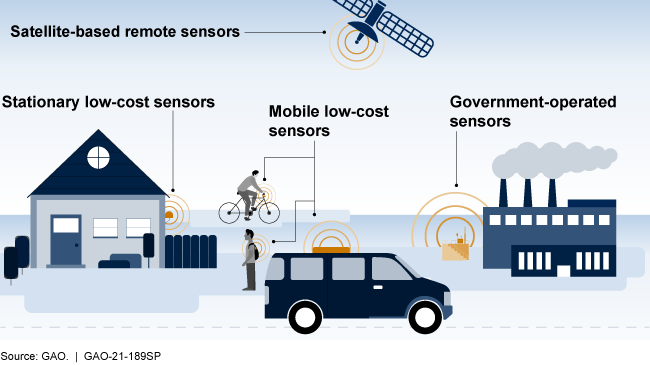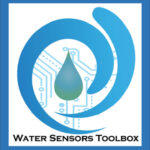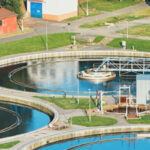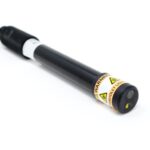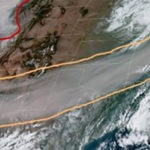Clean air and water are essential for life. Protecting these valuable, essential elements, starts with sensors to detect threats from intentional or unintentional contamination. Today, available sensing technologies target different locations/areas to ensure the safe ongoing supply of fresh air and water. Using a variety of different sensing techniques, the key to broad and localized detection is a comprehensive measurement system.
Cities and populated areas
The recent derailment of train cars in East Palestine, Ohio carrying toxic materials has brought increased visibility to clean air and water. Hazardous materials on about 20 rail cars including vinyl chloride, butyl acrylate, ethylhexyl acrylate, and ethylene glycol monobutyl ethers were released into the air, surface soil, and surface waters. After contents were diverted to a trench and burned off, local residents’ concerns for water and air contamination were covered on national TV and cable channels and brought air quality monitoring into the spotlight.
For air quality, testing and preliminary data collected by the Environmental Protection Agency (EPA) indicated levels of semi-volatile organic chemicals and dioxins in the samples are similar to typical background levels. In addition to ongoing air monitoring that is occurring at 23 locations around the community, EPA’s Trace Atmospheric Gas Analyzer (TAGA) mobile laboratory continues to monitor the air. Also, researchers from Carnegie Mellon University and Texas A&M University monitored air pollution using Carnegie Mellon’s Center for Atmospheric Particle Studies Mobile Air Quality Lab.
The types of sensors/sensing systems for measuring air quality range from reference-based systems that are very good but expensive to near reference sensing that is good enough for most applications to indicative (low cost but limited) — a category defined by the EU Directive 2008/50/EC to low-cost citizen/scientist sensors that use semiconductor chips. With fixed, mobile, and even satellite-based sensors used by governments, organizations, and citizens, a more thorough and complete analysis can be performed.
In contrast to a traditional approach to air quality monitoring that uses a network of fixed regulatory stations equipped with certified instruments and operated according to a rigorous set of regulatory protocols, one company offers near-reference sensors, a new category that uses improved sensor technology and new measurement paradigms to provide a balance between data quality and ease of use. Its sensor technology delivers accurate, defensible data for:
- Particulate matter (TSP, PM10, PM2.5, PM1)
- Gases (Ozone, NO2, VOCs, CO2, H2S, BTEX)
- Meteorological data (temperature, humidity, rain, pressure, wind speed/direction, solar radiation, noise)
Another company created an all-in-one air quality monitoring system specifically for smart cities to collect, analyze and improve air quality with data-backed insights. Their approach provides governments, researchers, and citizens with hyperlocal air quality and pollution monitoring tools to make more informed decisions. Patented plug-and-play sensors monitor pollutants in real-time and cloud software stores and analyze data from across the city.
Low-cost sensors use a variety of methods to measure air quality, including lasers and measuring the reflected light to estimate the number and size of particles in a sample. Mobile sensors, including wearable sensors carried by an individual, provide exposure at multiple locations. In one area, Belmont County in Eastern Ohio (oddly enough close to East Palestine), researchers installed 60 low-cost air sensors so their data could be uploaded to a real-time map and accessed by concerned local residents and others simply with an Internet connection.
References
Train Derailment in East Palestine, Ohio: What We Know – The New York Times (nytimes.com)
East Palestine, Ohio Train Derailment Emergency Response | US EPA
New Air Quality Data from East Palestine, Ohio – News – Carnegie Mellon University (cmu.edu)
Near Reference Air Quality Monitoring – how near is near enough? (aeroqual.com)
Outdoor Air Quality | Sensorbee
PurpleAir Flex Air Quality Monitor / PA-II-FLEX | PurpleAir
https://www.route-fifty.com/smart-cities/2022/06/low-cost-sensors-are-helping-communities-find-gaps-air-quality-data/368621/

